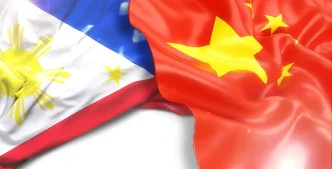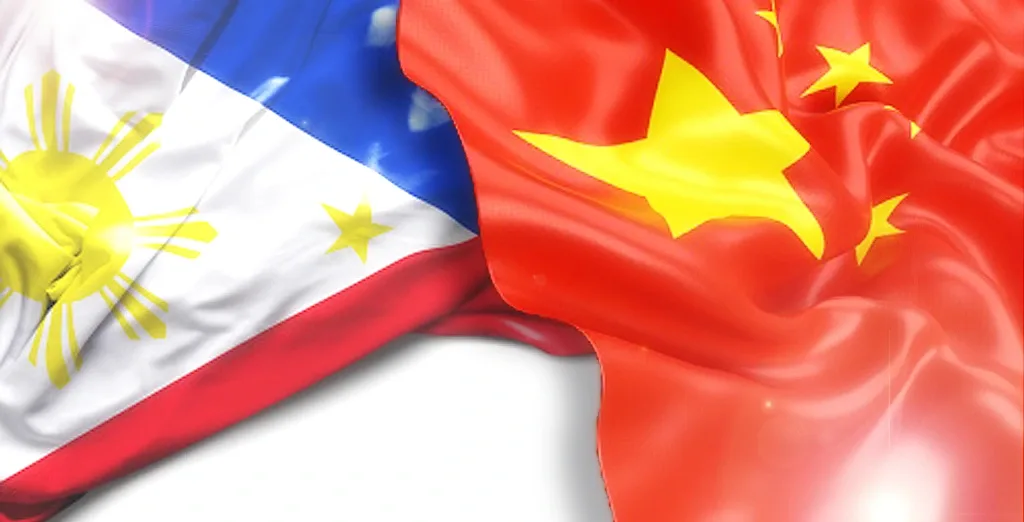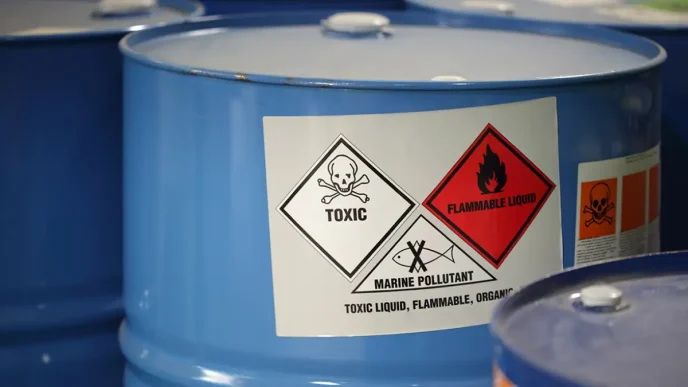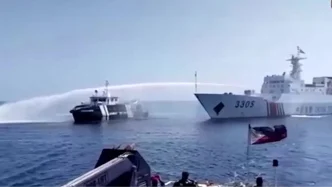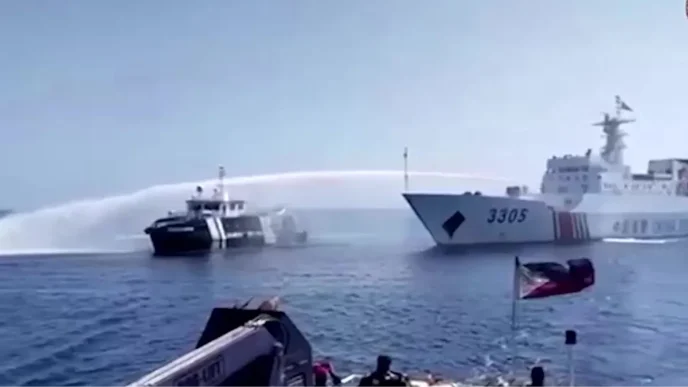By Simon Thornton, South East Asia Correspondent
The Philippine Coast Guard (PCG) has driven a Chinese research vessel, Tan Suo 3, out of the country’s Exclusive Economic Zone (EEZ) off Ilocos Norte, escalating tensions in the contested West Philippine Sea (WPS). Detected on 1 May 2025, the vessel was suspected of conducting unauthorized marine scientific research, prompting the deployment of the PCG’s flagship BRP Teresa Magbanua. If confirmed, such activities would violate international law, but China has not acknowledged the incident, leaving motives unclear. The episode underscores Manila’s resolve to assert sovereignty amid growing Chinese presence in the South China Sea, a flashpoint for regional disputes.
On 6 May, PCG spokesperson Commodore Jay Tarriela announced that Tan Suo 3 was last tracked 250 nautical miles (462 km) off Burgos, Ilocos Norte, after being escorted out of the EEZ. The vessel, first spotted 92 nautical miles (170 km) from shore on 1 May, was monitored for irregular movements suggestive of research. “These actions… serve as clear evidence that China is conducting illegal marine scientific research activities within the Philippines’ EEZ,” Tarriela said in a 5 May statement, citing the United Nations Convention on the Law of the Sea (UNCLOS). By Tuesday, BRP Teresa Magbanua and a PCG aircraft had pushed the vessel beyond the 200-nautical-mile EEZ boundary, a move Tarriela hailed as a success.
The PCG observed Tan Suo 3 retrieving a deep-sea submersible, Shenhai Yongshi (Deep-Sea Warrior), capable of diving to 4,500 meters, and a yellow object via an inflatable boat. “It’s worrisome… because these Chinese research vessels have the capability for deep-sea mapping,” Tarriela told reporters on 6 May, raising concerns about potential submarine navigation support. If confirmed, such mapping could enhance China’s strategic capabilities in the WPS, but no evidence substantiates this intent, and Beijing has not responded to Manila’s claims.
Maritime Law and Philippine Response
UNCLOS, which both nations have ratified, grants the Philippines sovereign rights over resources and research within its 200-nautical-mile EEZ. Article 246 requires foreign vessels to obtain coastal state consent for marine scientific research, which Tan Suo 3 allegedly lacked. “The irregular movements… are inconsistent with the freedom of navigation and indicative of marine scientific research activities,” Tarriela said, noting the vessel ignored PCG radio challenges on 5 May. The operation, involving BRP Teresa Magbanua—a 97-meter patrol ship—and an aircraft from Laoag, aimed to document and halt suspected violations.
The PCG’s actions reflect Manila’s assertive stance under President Ferdinand Marcos Jr., who has prioritized WPS sovereignty. Since 2023, seven Chinese research vessels have entered the Philippine EEZ, per Tarriela, including Zhong Shan Da Xue off Batanes in April 2025. The Tan Suo 3 incident, occurring just days before the 12 May elections, amplifies domestic calls for stronger maritime defenses. If research is confirmed, it could justify diplomatic protests or legal action under UNCLOS, though Manila has not yet announced such steps.
Broader Context of WPS Tensions
The WPS, Manila’s term for Philippine-claimed South China Sea waters, is a geopolitical hotspot. China’s “nine-dash line” claims overlap with the Philippines’ EEZ, including Scarborough Shoal and Spratly Islands. A 2016 arbitral ruling under UNCLOS invalidated Beijing’s claims, affirming Manila’s rights, but China rejects the decision. Recent incidents—Chinese Coast Guard (CCG) vessels blocking BRP Cabra near Zambales in April 2025 and a CCG flag display at Sandy Cay—highlight escalating encounters.
The Tan Suo 3’s submersible and equipment retrieval raised alarms. “During the operation, the PCG spotted a manned deep-sea submersible vessel fast approaching the Chinese research vessel, which was later retrieved by its crew,” Tarriela said. The yellow object, possibly research equipment, adds to suspicions of seabed surveys. While Shenhai Yongshi is designed for scientific exploration, its dual-use potential—mapping for submarine routes—concerns Manila. No evidence confirms military intent, but the PCG’s vigilance reflects fears of strategic encroachment.
Philippine allies, including the US and Japan, have bolstered Manila’s maritime capacity. Joint drills with USS Savannah and JS Yahagi east of Scarborough Shoal in April 2025 signal regional support. The Tan Suo 3 incident, occurring near US-Philippine exercises, suggests Beijing may be testing Manila’s resolve. If unauthorized research persists, it could prompt stronger multilateral responses, though diplomatic channels remain open.
Domestic and Regional Implications
The incident resonates in Philippine politics, with elections amplifying maritime sovereignty debates. Marcos’ administration, facing Duterte-aligned candidates, has leaned on WPS assertiveness to rally support. The PCG’s success in escorting Tan Suo 3—unlike past CCG confrontations—bolsters public confidence. A 2024 Social Weather Stations survey showed 65% of Filipinos prioritize WPS defense, up from 50% in 2022, reflecting growing nationalism.
Regionally, the WPS dispute involves Vietnam, Malaysia, and Brunei, all contesting China’s claims. The Philippines’ proactive patrols, backed by a 2024 defense budget increase to PHP 255 billion (USD 4.4 billion), set a model for smaller claimants. If Tan Suo 3’s actions are deemed research, ASEAN could push for a South China Sea code of conduct, stalled since 2017. China’s silence, however, suggests continued defiance, risking further escalations.
Challenges and Legal Nuances
Proving Tan Suo 3 conducted research is complex. UNCLOS allows freedom of navigation in EEZs, but research requires consent. Tarriela’s evidence—submersible retrieval, irregular movements—suggests research, but China could claim navigation rights. Without intercepted data or equipment, Manila’s case relies on visual documentation. If pursued diplomatically, the Philippines could file a UNCLOS complaint, though enforcement is weak without Beijing’s cooperation.
The PCG’s operation, while effective, strained resources. BRP Teresa Magbanua, recently returned from a five-month Sabina Shoal deployment, faces wear amid frequent WPS missions. The PCG’s 2025 budget (PHP 29 billion) limits fleet expansion, underscoring reliance on allies. If Chinese incursions increase, Manila may seek US or Japanese patrol support, risking escalation.
A Test of Sovereignty
The Tan Suo 3 incident is a microcosm of WPS challenges: legal ambiguities, strategic rivalries, and domestic pressures. “The PCG remains resolute in its commitment to addressing the unlawful presence of Chinese maritime forces,” Tarriela wrote on X, echoing Manila’s defiance. Yet, with China’s fleet outnumbering the PCG’s, long-term deterrence requires diplomacy and alliances.
The Philippines’ democratic resilience—evident in 82% voter turnout in 2022—fuels its maritime stance. The Tan Suo 3 expulsion, if sustained, could embolden Manila to patrol disputed areas like Scarborough Shoal, where CCG presence persists. As ASEAN navigates China’s assertiveness, the incident highlights the need for collective action to uphold UNCLOS. For now, the Philippines stands firm, but the WPS remains a volatile frontier.

